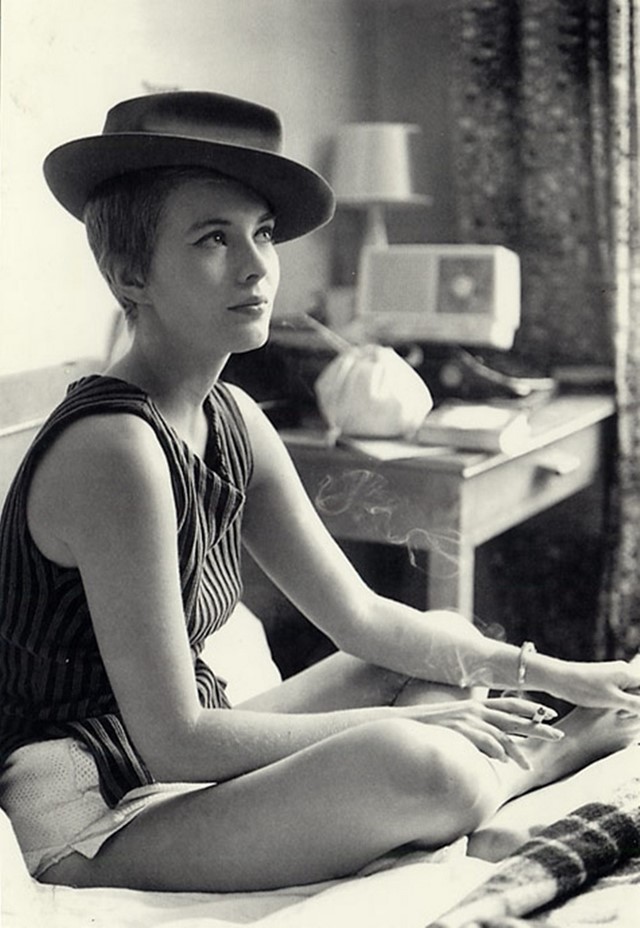Best dressed of the year? Boring. We pick our best dressed of all time
This is the time of year when fashion journalists swivel round on their chairs to observe the style highlights of the past twelve months; to opine on March’s Oscar gowns and summer’s ubiquitous dungarees and to crown their 2013 sartorial stars. At AnOther, we’re not sure anyone in 2013 has quite matched up to the originals, so we’ve decided to list our Top Ten Best Dressed of All Time, made up of our favourite participants in Vintage Style. From Elvis to Bowie, from Talitha to Sharon, from Margot to Father Christmas, we celebrate the best-dressed icons of this and every year.
Jean Seberg: Before Beyoncé, before Carey Mulligan, before Mia Wasikowska, the pixie cut was birthed by American-born Queen of French New Wave cinema, Jean Seberg. Androgynous and effortlessly chic, she adopted a menswear-inspired aesthetic that exuded innocence and charm and spearheaded the sweater-style of the decade. She elevated Breton stripes, oversized layers and rolled-up denim to understated chic. Staple pieces included oatmeal knit jumpers, peter-pan collars and woollen cardigans, worn with an easy nonchalance which was both alluringly elegant and utterly adorable.
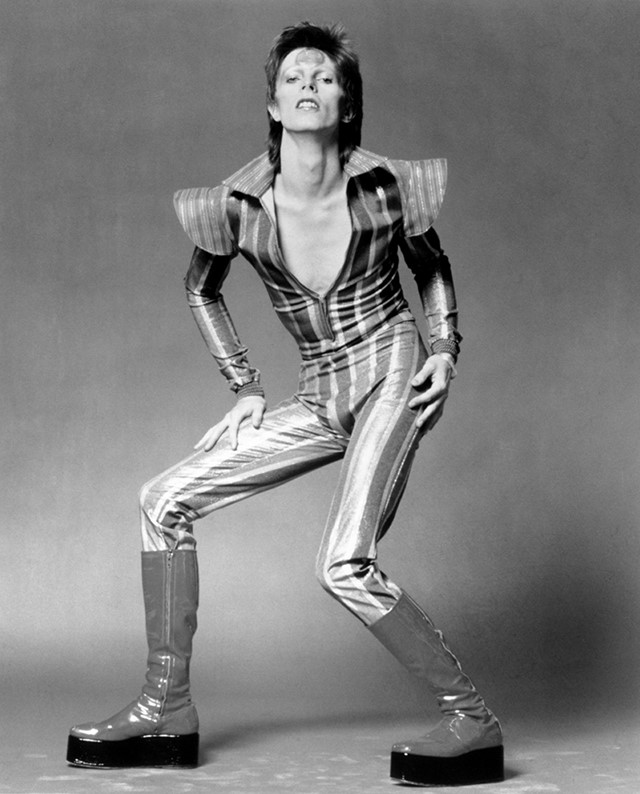
David Bowie: Of all the personas Bowie inhabited on stage, the one that encapsulates him at his most iconic, his most avant-garde, and his most mesmerising, is Ziggy Stardust. A creation of Bowie’s own imagination, the character was cultivated by his manager, Tony DeFries. DeFries believed that in order to become a star, an artist must look and act like he or she already is one – a formula that appears to remain very much unchanged for the Gaga-ruled pop world today.
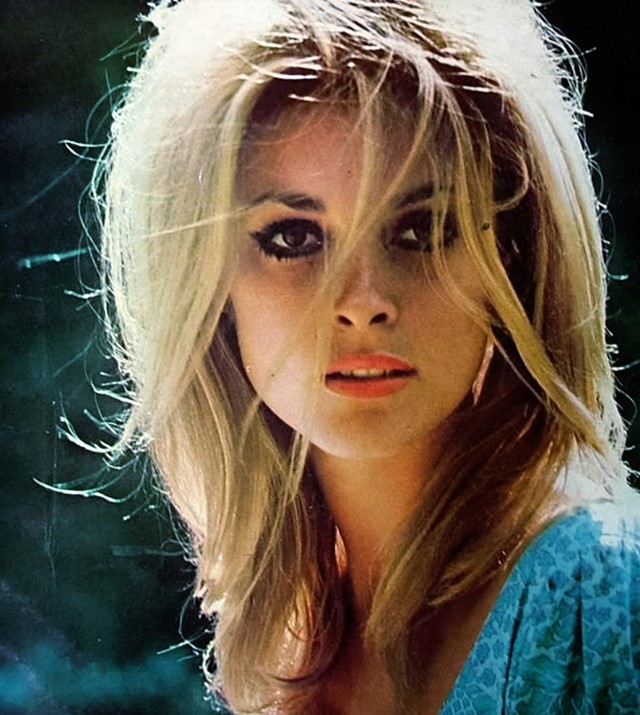
Sharon Tate: When referencing iconographic 60s style, Twiggy, Jean Shrimpton and Jane Birkin are the most name-checked, but there is one often-missed celebutante whose characteristic style typifies not just the mood of the decade but the unique psychedelic microcosm of California: Sharon Tate. Her beauty was infamously hypnotic, with a 1966 New York Sunday News article stating: “Wearing an abbreviated miniskirt, she seems to enjoy the commotion she causes wherever she goes. Sharon also affects thick, black, false eyelashes, brown eye shadow around her lips, and long ash-blonde hair that falls freely about her shoulders. Her presence in a crowd is as insignificant as a floodlight in a blackout.”

Paul Newman: The sun-cracked face and well-worn tan-hide boots which is the immortal image of Paul Newman, pre-dated Ralph Lauren’s adoption of the archetypal all-American aesthetic by decades. From the rough-finished pale blue button-down Oxford he wears as part of a prison chain-gang in Cool Hand Luke, to the battered utility-style jackets and slacks he sports in Butch Cassidy And The Sundance Kid, Paul Newman’s on-screen looks portrayed a exuberant ruggedness that permeated his personal interests; he became the first 70-year-old to win the Daytona 24-hour race in 1995.
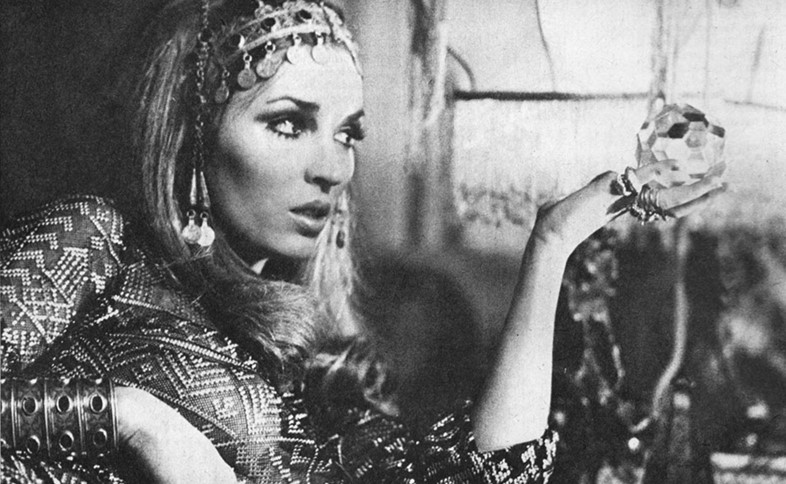
Talitha Getty: Yves Saint Laurent famously said, "I knew the youthfulness of the sixties: Talitha and Paul Getty lying on a starlit terrace in Marrakesh, beautiful and damned, and a whole generation assembled as if for eternity where the curtain of the past seemed to lift before an extraordinary future." Originally from the Dutch East Indies, Getty’s style became a product of her global travelling, as she picked up hand-made jewellery and clothing in rich silk with Islamic prints unique to their place of origin. Trailblazing a bohemian style that would become a reference point for countless designers in the coming decades, Getty wore Marrakesh-style kaftans, harem pants and Moroccan gjellabas; what Céline's creative director Phoebe Philo described as a “couture of the souks”.
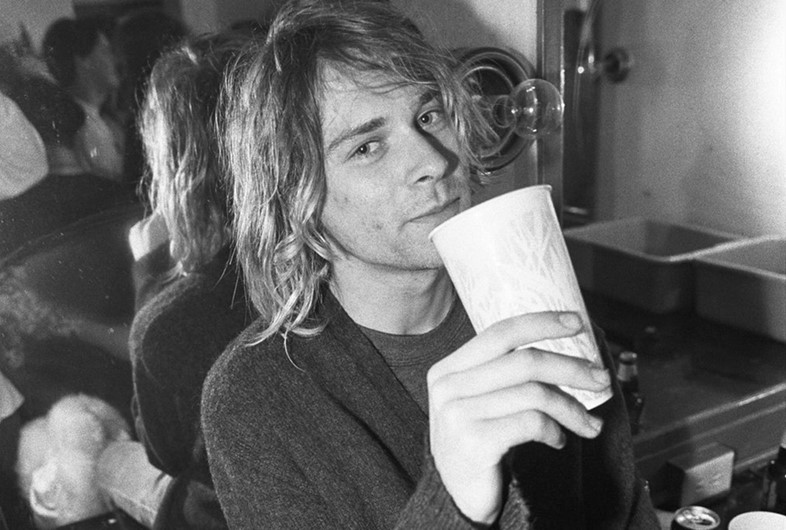
Kurt Cobain: Thrifted, holey, unwashed, unbranded and missmatched defined the late Nirvana singer Kurt Cobain’s wardrobe. When he threw together his outfits there was no “styling” involved – other than the alleged compulsive changing of one dirty t-shirt for another as he layered up, self-conscious of his scrawny frame. Plaid shirts, one of his trademarks, were a typical cold weather staple in Cobain’s native Seattle, t-shirts were bought at second-hand stores, and one pair of jeans would set him up for years. His hair-dye experiments, radioactive-yellow and slime-green, came courtesy of the heavily coloured soft drink Kool Aid.
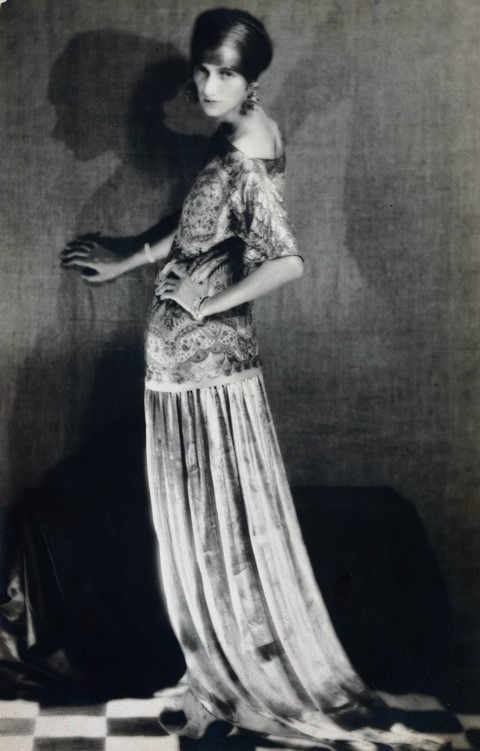
Peggy Guggenheim: "She was remarkably ugly," the painter Jean Helion commented, "in such a pleasant way." An extravagant flapper, Peggy Guggenheim was famously photographed by Man Ray in a oriental Poiret dress, worn with a hairband given to her by Stravinsky's girlfriend. Other favourites included an Elsa Schaparelli cellophane zipper, a black and gold Ken Scott dress and a collection of tricorn hats and ethnic jewellery.Her clothing reflected her state of mind. On wearing two mismatched earrings, she declared: "I wore one of my Tanguy earrings and one made by Calder in order to show my impartiality between Surrealist and Abstract Art."
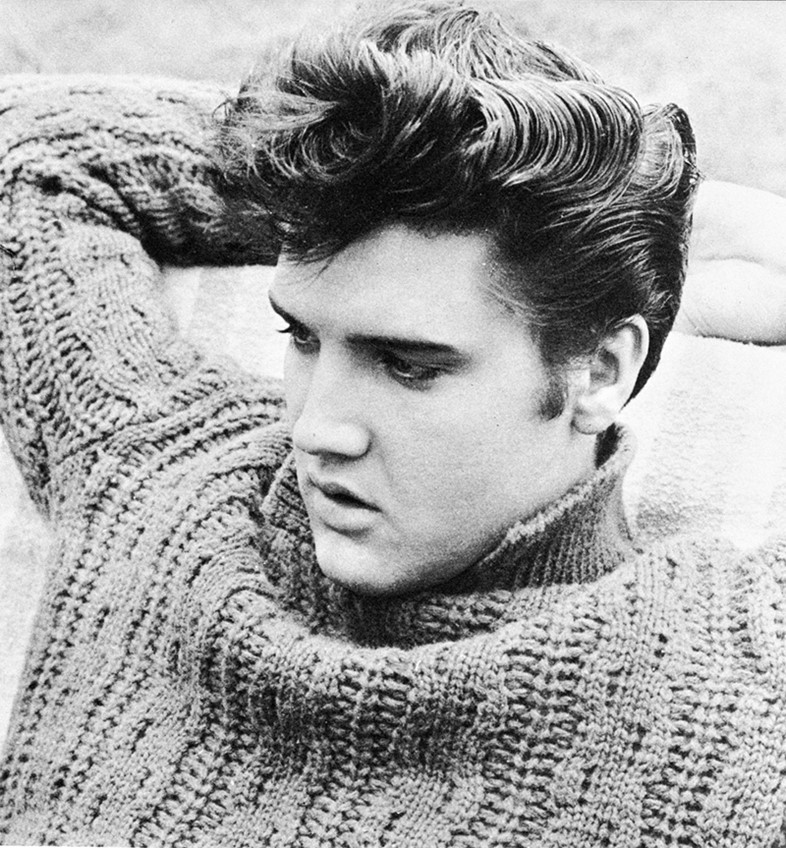
Elvis Presley: From his oiled quiff to his gold lamé suit, Elvis' style has been infamously parodied the world over. He was the first man of his time to grow his hair long, wear jewellery and dress in pink (his favourite colour). He wore pegged trousers and high collars with a flair and panache that rippled across the world. His style was a marriage between Southern Christian boy and rebellious rock ‘n’ roll that captured the hearts and minds of the nation and redefined masculinity.

Margot Tenenbaum: Apparently based on the sultry, troubled persona of Nico, Margot Tenenbaum stretched far beyond her cinematic parameters to become a style icon of the 1970s. There is an endearing charm to her consistently dispirited doe eyes and sullen tone, dressed in a toffee, wrap-over mink fur by Fendi with wide lapels and a tied belt. She wears this over several variations of her Lacoste tennis dress with a piqué collar, teamed with a blunt haircut, plastic hair slides and androgynous brogues, designed collaboratively by Wes Anderson and costume designer Karen Patch.
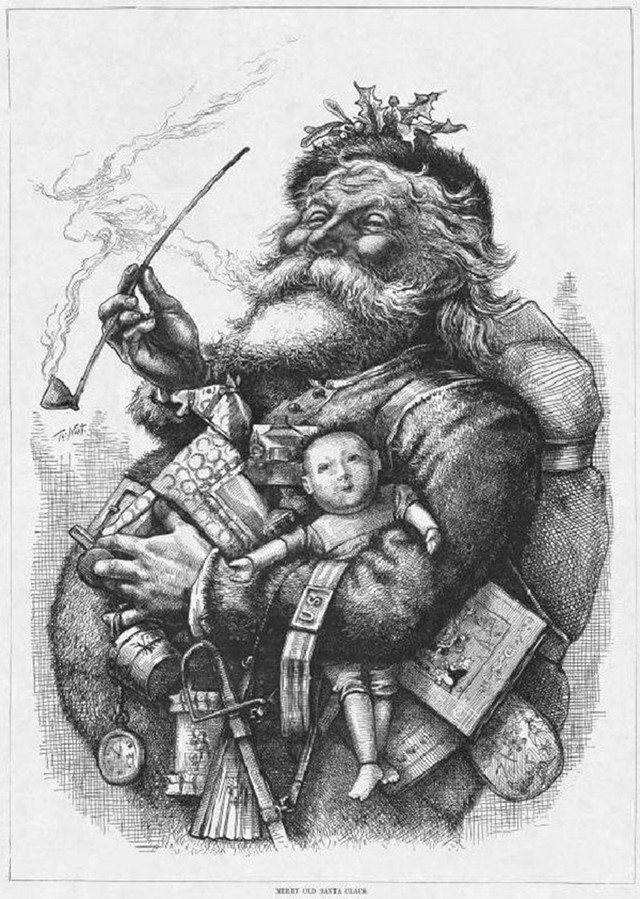
Father Christmas: Santa Claus and his defining dress are the product of several hundred years of ancient folklore and Pagan ritual meeting a Christian celebration, and picking up a saint along the way. The legend of Father Christmas accelerated at its fastest rate over the past 200 years or so due, predominantly, to migration from European countries, steeped in tradition, to the United States. In, 1883 Clement Moore, in the now-famous poem The Night Before Christmas, wrote that St. Nicholas was “dressed all in fur”; “His cheeks were like roses”; “And the beard of his chin was white as snow”; and “He had a broad face and a little round belly”. Perhaps not first conceived by Moore, but certainly setting a new precedent. This conception of the modern benevolent fat man in red and white gave way to visual interpretations by a succession of artists and illustrators.
